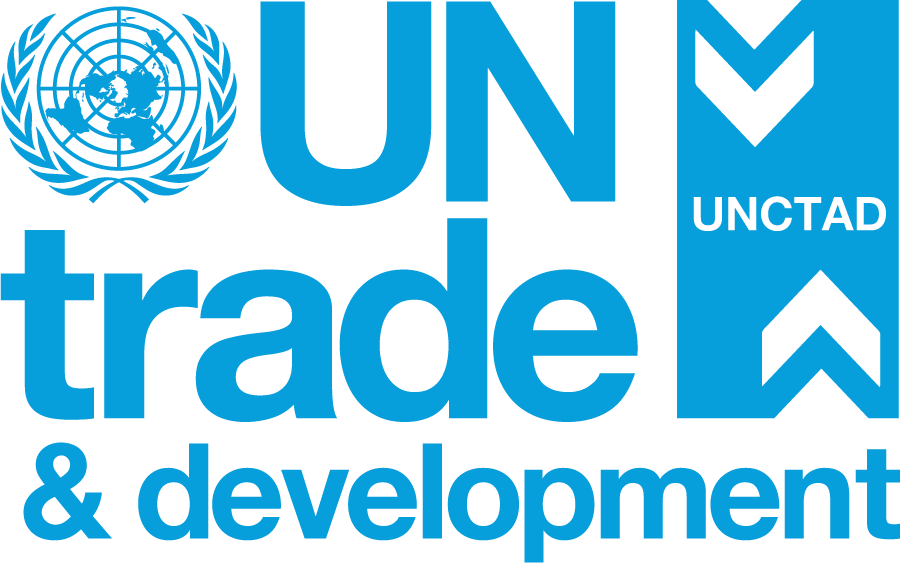Differing trends in merchandise exports growth
Merchandise exports growth rate, percentage, 2024
Developing economies' exports growth in 2024 (5.3%) was led by the performance of large developing economies in Asia such as China (5.8%), Hong Kong, China (12.5%) and Viet Nam (14.4%).
The North exported more merchandise than the South in 2024: developed economies contributed $13.3 trillion and developing economies $11.1 trillion to the value of world total exports.
